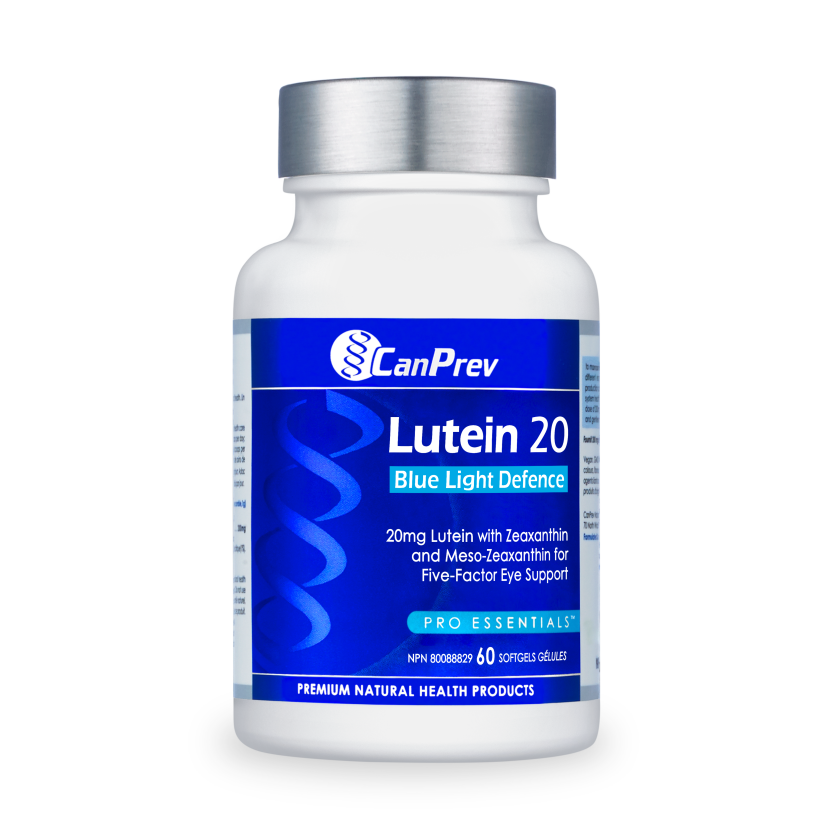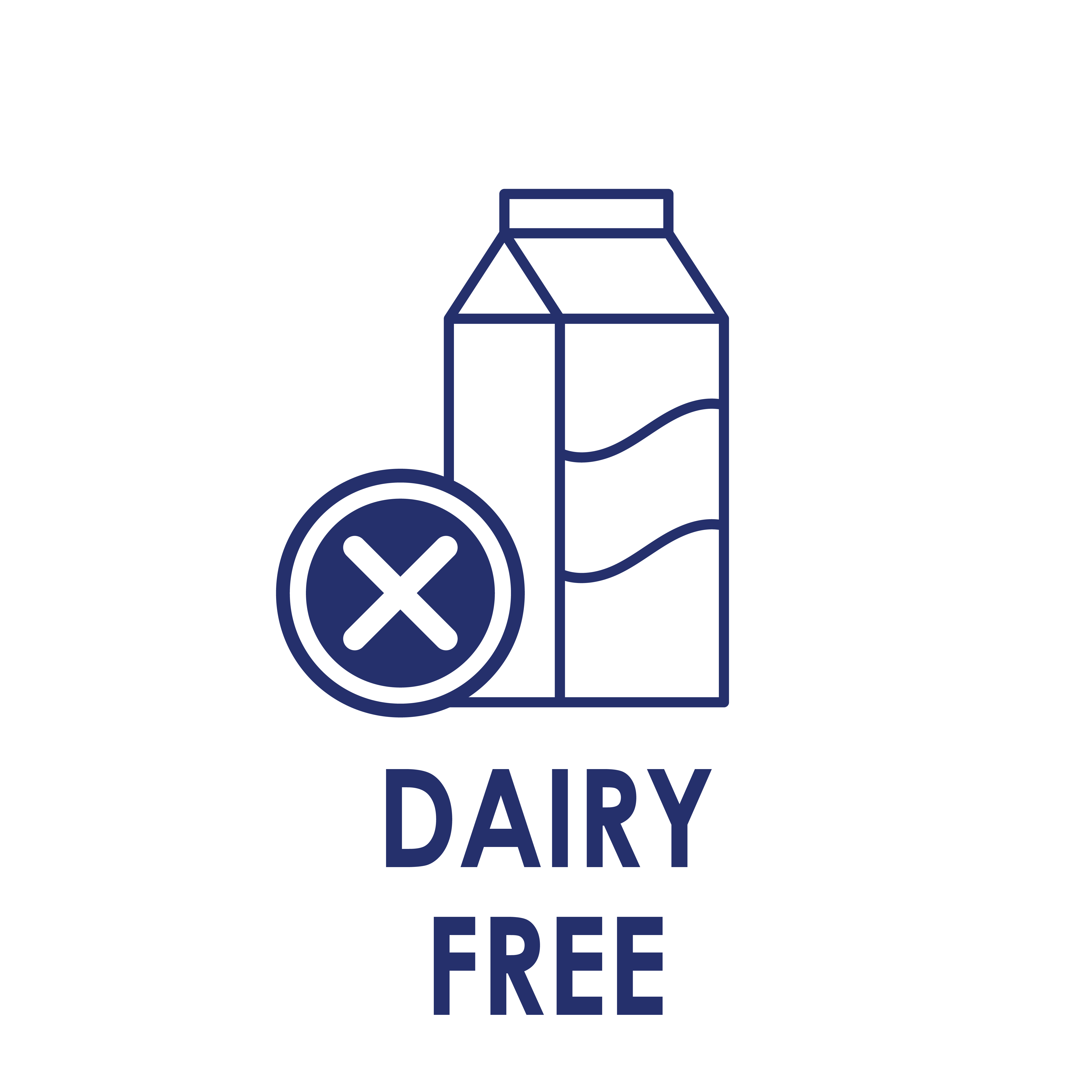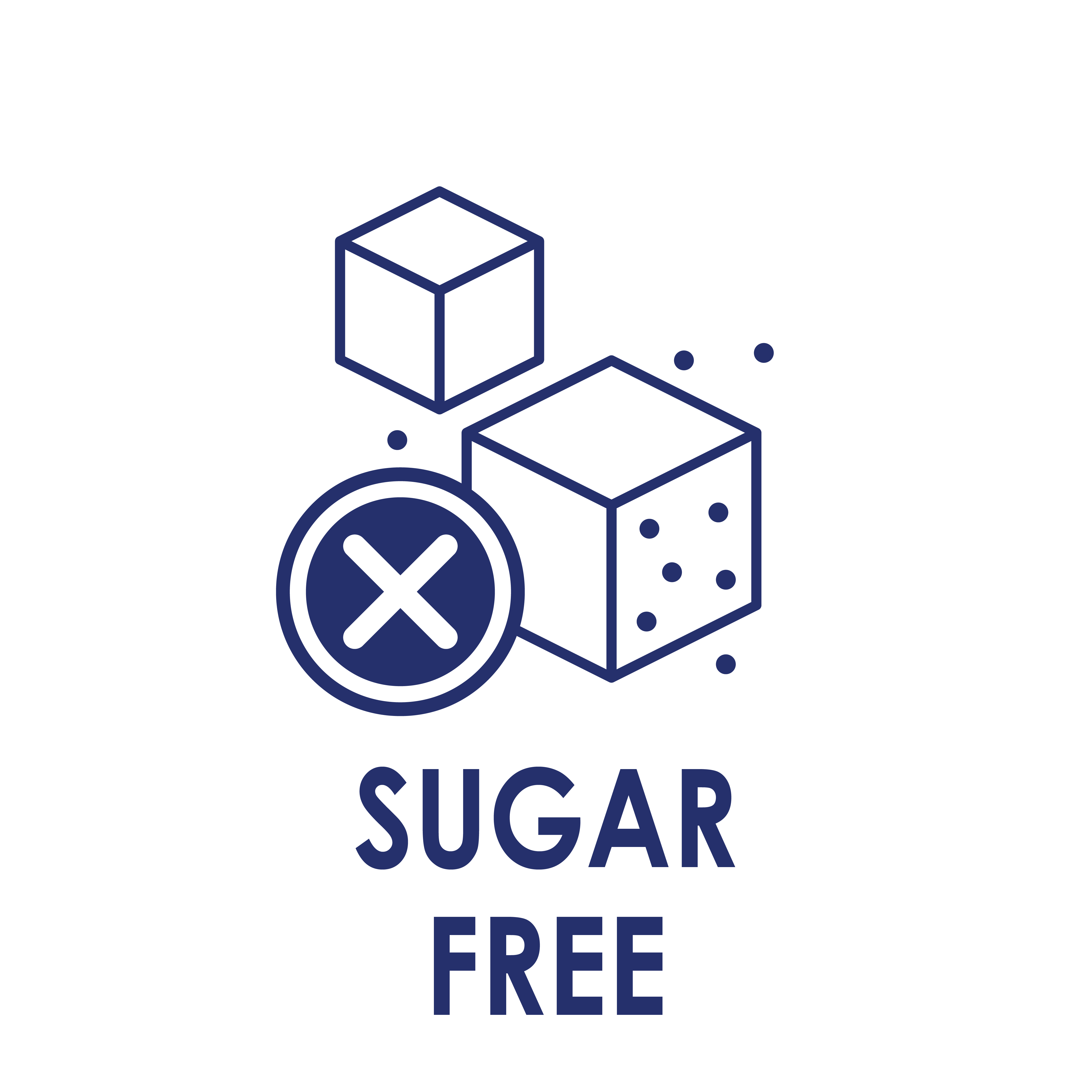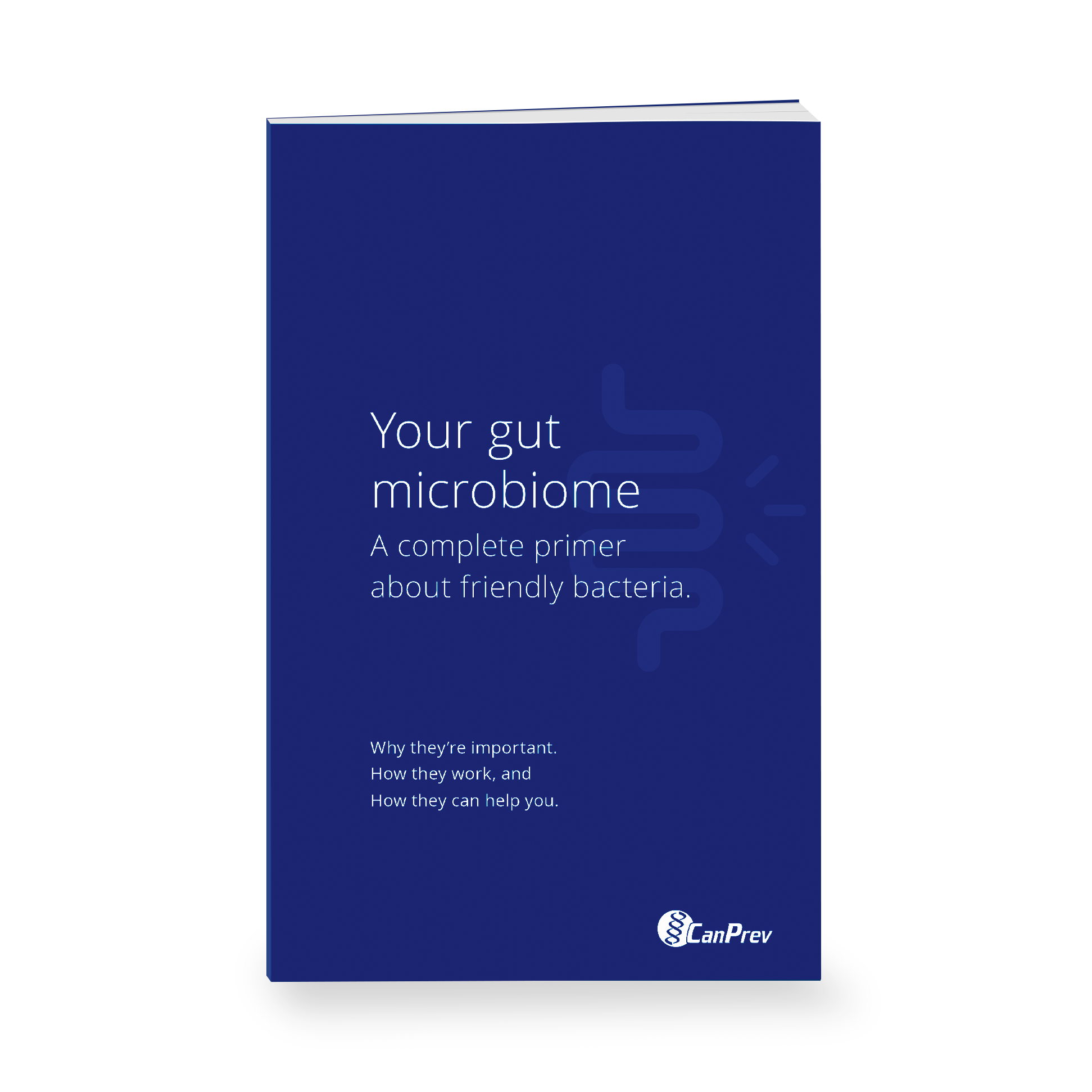Ideal for
What is blue light?
Modern conveniences, like LED and CFL lighting, cell phones, computer screens, e-readers and television screens, produce blue light.
Relative to other visible light, blue light has a short wavelength. This allows it to penetrate deep into our eyes. Once inside the eye, this high-energy light impacts the delicate light-receptor area of the eye – the macula.
Short term, blue light exposure can cause eye fatigue, headaches, sleep issues, blurry vision and dry eyes. Over time, it can lead to difficulty with night vision and visual acuity, and can ultimately contribute to loss of vision due to cataracts and macular degeneration.

How do lutein, zeaxanthin and meso-zeaxanthin protect the eyes?
Lutein, zeaxanthin and meso-zeaxanthin are carotenoids, and are found in the vegetables we eat. Unfortunately, the majority of adults get less than 2mg daily.
These carotenoids are both antioxidants and light- filtering pigments. They concentrate in the eye to protect against damage from UV and blue light. Lutein, zeaxanthin and meso-zeaxanthin are each dominant in a particular part of the eye, and each has a unique role to play in eye protection.
Lutein is highest in the lens, where it can deflect light at the surface of the eye. Zeaxanthin is found in the mid- area of the macula at the back of the eye. Meso-zeaxanthin is most concentrated in the critical central macula, the focal point for vision. This is the area of the eye responsible for the visual detail needed to read and drive. Each one absorbs different wavelengths of light, and the three combine to protect against a broad spectrum of high energy light.








